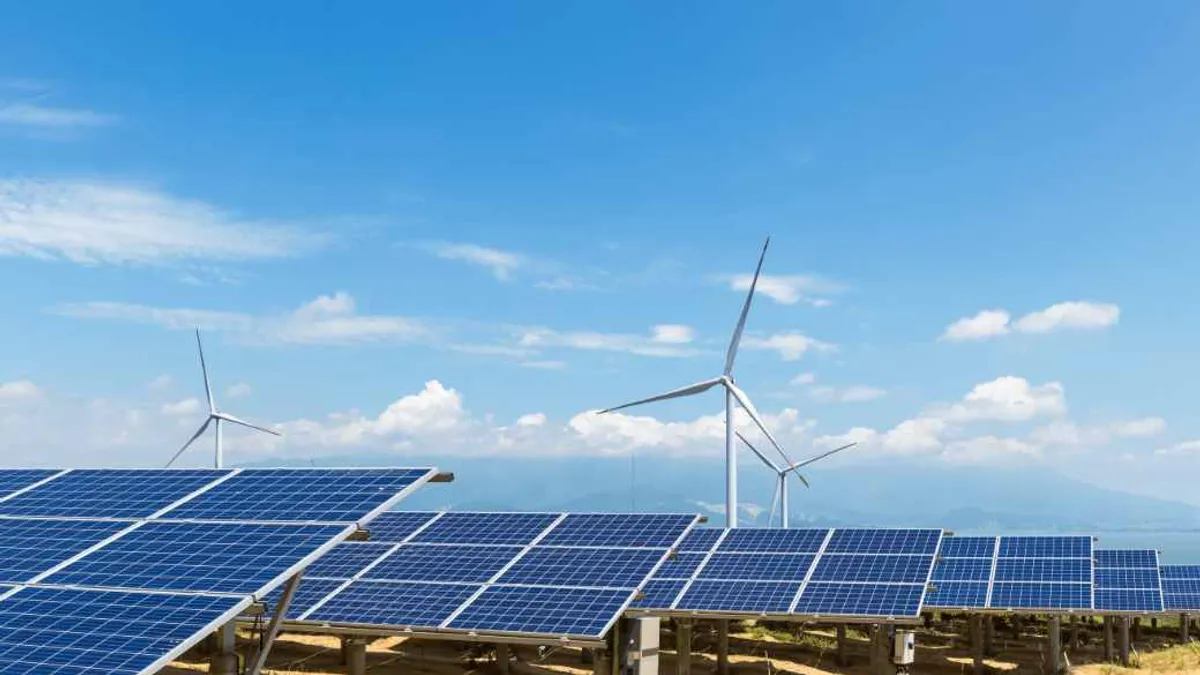Given the long lead time to move a typical renewables project from the greenfield stage to commercial operation, any groundbreakings being announced today are a trailing indicator of where developers were looking to site projects several years ago.
So where are solar, wind and storage developers looking to site projects today? It’s usually a closely guarded secret. But Transect has a unique vantage point. Our software platform helps developers find and assess potential project sites.
An analysis of the thousands of project sites our customers have evaluated this year provides a glimpse into where projects may be developed next. Our diverse customer base ranges from developer shops as small as a handful of employees to global developers with thousands of employees. This diversity provides a broad sample of developer interests.
Methodology
In this analysis, we counted the number of projects for which our customers ran a site assessment report in the Transect software platform for a particular energy technology from January through October 2024. Similar to a Critical Issues Analysis report, Transect reports thoroughly assess potential project sites on multiple characteristics, including permitting requirements, waters and species concerns, community sentiment and dozens of other factors.
A few caveats to our analysis:
- Over 90% of these reports were run by renewable energy developers. However, approximately 7% were run by our EPC and consultant customers working with their developer clients (which may or may not be our customers).
- Portions of many states are in more than one ISO/RTO, and we did not segment this analysis accordingly. For instance, we are not reporting whether a site under evaluation in Texas was in the ERCOT, MISO or SPP portions of the state.
- We did not include projects that spanned multiple states, which represented 5% of wind projects and fewer than 1% percent of solar and storage projects.
Findings
Large solar projects
This category includes utility-scale solar projects with a footprint of at least 100 acres. The adage seems true that everything’s bigger in Texas, which emerged as the clear leader in this category. Texas alone accounted for 15% of all the utility-scale solar projects evaluated in Transect. That’s almost as many projects as the next three states combined: Tennessee, Mississippi and Illinois.
The top 10 states represented more than half (53%) of all the projects in this category.
Small solar projects
This category includes behind-the-meter ground-mount and other distribution-level projects (such as community solar) with a footprint of less than 100 acres.
Texas ranked second at 9.5% of all such projects, behind Illinois at 12.9%. The top 10 states represented 70% of these projects, with a long tail for the remaining 30% which, unlike any of the other categories presented here, spanned all 50 states, the District of Columbia, and Puerto Rico.
Wind projects
Onshore wind projects were evaluated in 36 states. We did not count the 5% of our customers’ wind projects that spanned multiple states.
As with small solar projects, Illinois again beat out Texas for first place, with 22.4% of projects versus 14.4%. Pennsylvania ranked third, at 8.6%. The top 10 states represented 75% of all the wind projects.
Storage projects
This category includes energy storage projects at both the transmission and distribution levels. Transect customers ran a report for a storage project in every state in the continental US except Mississippi and Delaware.
Once again, the clear standout was Texas, where 22.7% of reports were run. California was in a distant second place, at 7%, and Oklahoma ranked a close third at 6.6%. Those three states alone accounted for 36% of all storage projects assessed in Transect this year. The top 10 states represented 63% of all reports run for storage projects.
The Final Tally
Across solar, wind and storage, Texas led all states with 13.8% of the total number of renewable projects assessed in Transect so far in 2024, followed by Illinois (7.9%), Pennsylvania (5.3%), New York and Tennessee (tied at 4.7%), California (4.6%), Mississippi (4.0%), Ohio (3.7%), Georgia (3.5%) and Indiana (3.4%). These 10 states combined accounted for over half (55.6%) of all renewable projects assessed in Transect. How many of these projects will ultimately get built? We’ll find out around 2029.
Want to learn more about how Transect software for discovering and assessing project sites can help your organization? Connect with us for a demo.






